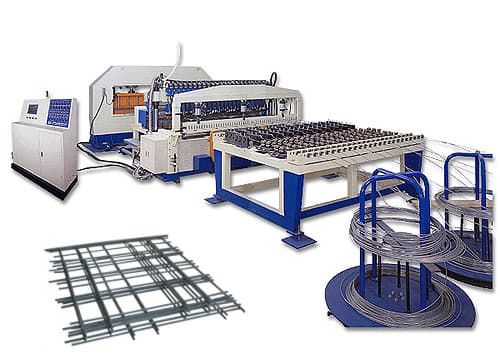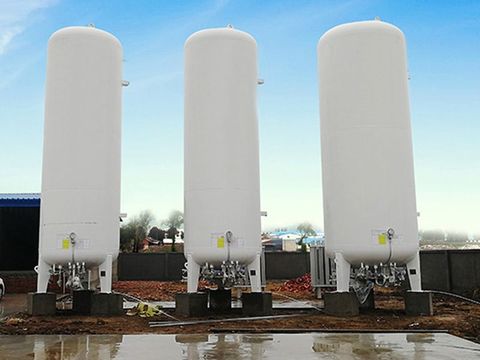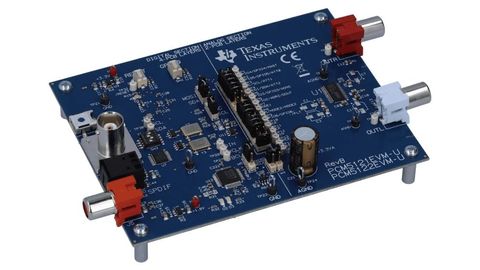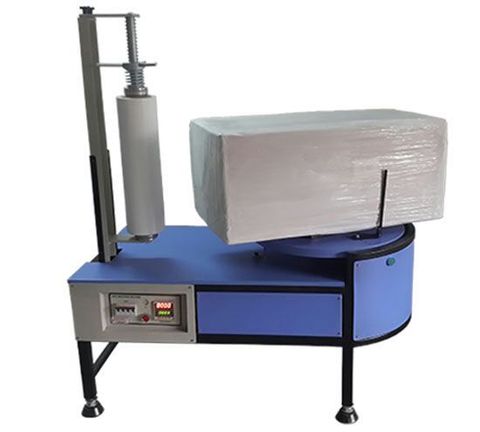Welding and Wire Mesh Machinery Explained: Key Facts, Insights, and Technical Details
Welding and wire mesh machinery play a central role in the modern manufacturing and construction industries. These systems are designed to join metal components or produce reinforced wire mesh structures used across various sectors ranging from infrastructure and automotive to agriculture and energy.
Welding involves the fusion of metals through heat or pressure, while wire mesh machinery automates the production of interlocked grids of wire. These machines help build fences, cages, screens, and reinforced concrete panels. The evolution of these technologies has significantly increased production efficiency, accuracy, and strength in fabrication processes.
In the industrial landscape, the need for reliable joining and reinforcement techniques has driven continuous innovation in welding equipment, automation, and mesh fabrication systems.
Why Welding and Wire Mesh Machinery Matter Today
The global shift toward smart manufacturing, infrastructure expansion, and renewable energy projects has made welding and wire mesh machinery more important than ever.
Key reasons for their importance include:
-
Infrastructure growth: Construction of bridges, highways, and urban buildings demands durable steel reinforcement through mesh welding systems.
-
Industrial automation: Modern welding robots and CNC mesh machines enhance production precision and speed.
-
Safety and sustainability: Strong welded joints improve structural safety, while automated systems reduce material waste and human error.
-
Versatile applications: From car frames to agricultural enclosures, these machines serve diverse industries globally.
With increasing emphasis on energy efficiency and smart production, both welding and wire mesh technologies continue to shape the future of manufacturing.
Recent Developments and Trends
Recent years have seen rapid technological advancements and strategic investments in the welding and wire mesh sectors.
1. Automation and Robotics:
The integration of AI-driven welding robots and CNC-controlled mesh welders has become a global trend. In 2024, leading companies introduced robotic systems with real-time quality monitoring, reducing rework and downtime.
2. Sustainability Focus:
Manufacturers are increasingly using eco-friendly welding wires and low-emission equipment to meet global sustainability goals. The European Union’s 2024 Green Industry Guidelines emphasized cleaner industrial production.
3. Industry 4.0 Integration:
Smart welding machines now feature IoT sensors for predictive maintenance. Wire mesh plants use data analytics to track wire feed rates, tension, and welding current for optimal performance.
4. Lightweight Materials:
The demand for aluminum and high-strength alloys in automotive and aerospace manufacturing has influenced the design of new welding technologies that can handle complex materials without compromising strength.
5. Regional Growth:
According to reports from 2025, India and Southeast Asia are witnessing strong growth in mesh welding machinery due to rising infrastructure investments and government programs like “Make in India.”
Policies, Standards, and Government Programs
The welding and wire mesh machinery sectors are regulated by a combination of national and international standards that ensure safety, quality, and environmental compliance.
Key regulations and standards include:
-
ISO 3834: Specifies quality requirements for welding metal materials.
-
AWS (American Welding Society) Standards: Provide certification and technical guidelines for welding practices.
-
EN 1011: Offers European guidance on welding metallic materials.
-
OSHA Regulations (U.S.): Set safety rules for workplace operations involving welding equipment.
In India, government programs such as the Production Linked Incentive (PLI) Scheme for Manufacturing and Skill India Mission are promoting advanced industrial machinery adoption and workforce training.
In Europe, the EU Machinery Regulation (2023/1230) strengthens product safety and digital compliance standards for industrial machinery, including welding systems.
These policies ensure that industries maintain high operational standards while adopting modern, sustainable technology.
Useful Tools, Software, and Resources
Professionals working with welding and wire mesh systems can benefit from several digital and practical resources that enhance productivity and quality control.
| Tool/Resource | Purpose | Access/Platform |
|---|---|---|
| Lincoln Electric WeldCalc | Calculates welding parameters for different materials | Online tool |
| Miller Welding Calculator App | Mobile app for current, voltage, and speed calculations | Android/iOS |
| Wire Mesh Size Calculator | Helps estimate mesh opening size and wire count | Online |
| AWS Codes & Standards Library | Database for welding standards and certifications | AWS.org |
| SolidWorks Weldments Module | 3D design tool for creating welded structures | Desktop Software |
| Weld Distortion Simulator (by ESAB) | Predicts weld distortion in structures | Web-based |
| IndiaMart / ThomasNet Industrial Directories | Sources of welding and mesh equipment manufacturers | Online Platforms |
These tools assist engineers, fabricators, and technicians in achieving higher precision, improving design accuracy, and ensuring compliance with technical standards.
Frequently Asked Questions
1. What is the difference between welding and wire mesh machinery?
Welding machinery joins metal parts through fusion, while wire mesh machinery produces interconnected grids of metal wires used for reinforcement, fencing, and filtering applications.
2. Which industries use wire mesh and welding equipment the most?
Major users include construction, automotive, shipbuilding, aerospace, and agriculture sectors, where metal joining and reinforcement are essential.
3. What are the common types of welding methods?
Popular types include MIG (Metal Inert Gas), TIG (Tungsten Inert Gas), Spot Welding, and Arc Welding—each suited for different materials and applications.
4. How is automation changing welding and wire mesh production?
Automation has improved efficiency and safety by introducing robots, programmable machines, and AI-based quality monitoring systems that minimize manual errors and increase speed.
5. Are there specific certifications required for using welding equipment?
Yes. Many countries require operators to hold certifications such as AWS Certified Welder or equivalent national qualifications to ensure safety and technical competence.
Insights from Data and Industry Trends
| Market Area | Trend (2024–2025) | Impact |
|---|---|---|
| Automation & Robotics | Increasing adoption in manufacturing | Improved precision and speed |
| Sustainable Welding Materials | Rising demand for eco-friendly wires | Reduced emissions |
| Smart Factories | Integration with IoT and AI | Predictive maintenance |
| Construction Sector | Expanding mesh production in Asia | High infrastructure demand |
| Workforce Development | Technical training programs | Skilled labor availability |
This data indicates a steady move toward intelligent, efficient, and environmentally conscious machinery.
Conclusion
Welding and wire mesh machinery form the backbone of global manufacturing, connecting the physical and structural elements that define modern industry. Their evolution driven by automation, safety, and sustainability continues to reshape how infrastructure and products are built.
As countries adopt stricter standards and industries embrace digitalization, the future of welding and mesh fabrication promises even greater precision, flexibility, and environmental responsibility.
For engineers, fabricators, and industrial decision-makers, understanding these technologies is not only valuable but essential to staying ahead in the rapidly advancing manufacturing landscape.






